La plantación complementaria le permite aprovechar al máximo el espacio limitado que tiene en su jardín. Gracias a este método, tus plantas pueden beneficiarse unas de otras cuando las cultivas juntas. También ayuda con el control de plagas, mejora los rendimientos y mejora la salud del suelo.
Para hacer que la plantación complementaria funcione, elija plantas que se complementen entre sí con respecto a sus necesidades y preferencias únicas. El pepino es un ejemplo perfecto de un vegetal que se beneficia de varias plantas y apoya su crecimiento cuando se plantan juntas. ¡Descubre qué plantas harán que tus pepinos prosperen este verano!
Maíz
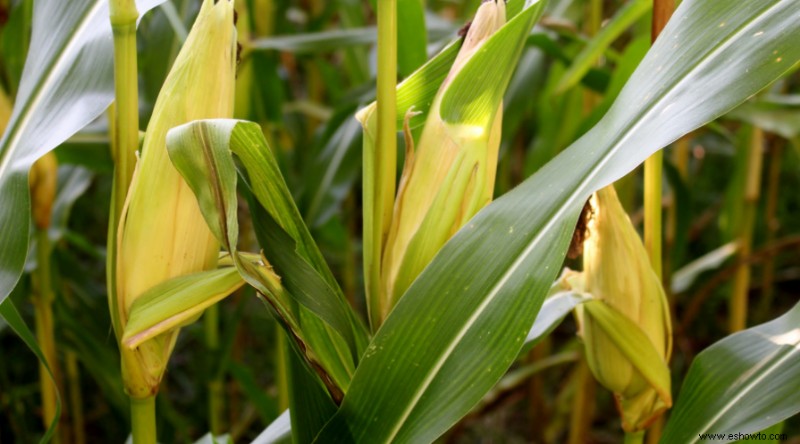
El maíz es una de las mejores opciones para cultivar si quieres beneficiar a tus pepinos. Puede usar los tallos de maíz como enrejados naturales para enredaderas de pepinos. Es una solución perfecta, especialmente si tiene espacio limitado en su jardín pero desea acomodar tantas plantas como sea posible.
Sin embargo, tenga en cuenta que los tallos de maíz no son lo suficientemente fuertes para soportar grandes variedades de pepino. Trate de elegir los más pequeños, como los pepinos en vinagre en su lugar. A cambio, los pepinos proporcionarán maíz en mantillo natural debajo de sus tallos, manteniendo la humedad y evitando la entrada de malas hierbas.
Frijoles
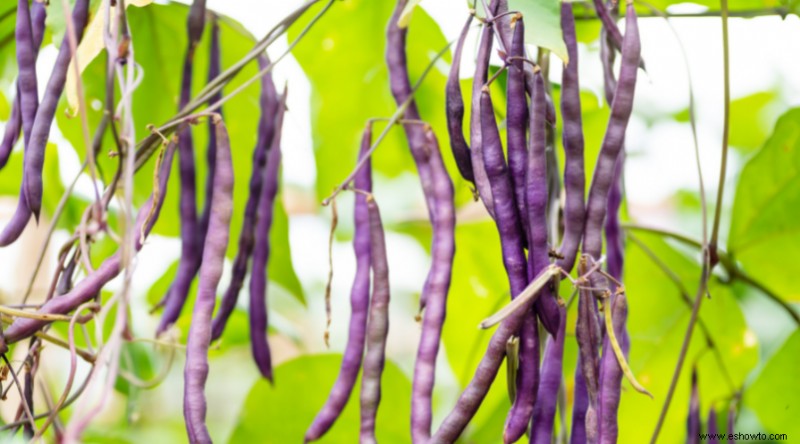
Los frijoles y el pepino se complementan perfectamente cuando se plantan juntos. Las plantas de frijol pueden fijar nitrógeno en el suelo. Dado que el pepino se considera un alimento pesado, esto lo beneficia mucho y le permite crecer fuerte y saludable.
Los especialistas en jardinería sugieren cultivar frijoles arbustivos con un pepino para obtener los mejores resultados. Se debe a que los frijoles polares compiten naturalmente con un pepino por la luz solar y el espacio en el enrejado. Además, asegúrese de plantar frijoles un poco más tarde, para que no crezcan sobre su pepino.
Eneldo
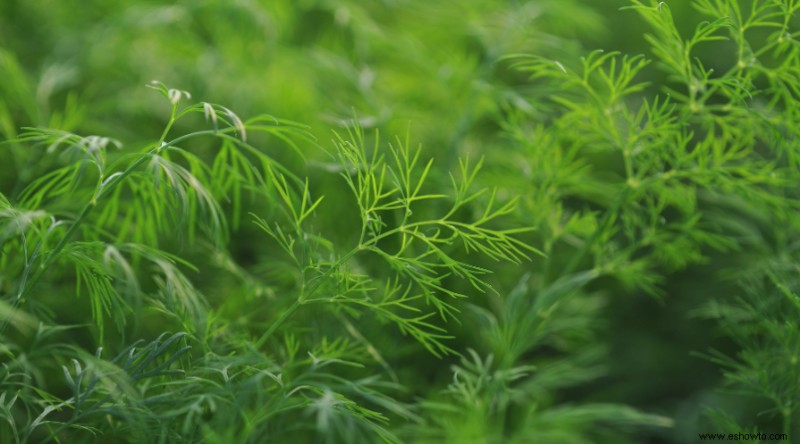
Los pepinos no solo saben muy bien cuando se los encurte con eneldo, sino que también tienen un gran impacto entre ellos cuando los plantas juntos. El eneldo, debido a su aroma único, atrae insectos benéficos al jardín que pueden polinizar su pepino y ahuyentar a otras plagas que podrían amenazar su crecimiento.
El eneldo también puede mejorar el sabor de los pepinos, lo cual es especialmente beneficioso si planeas recolectarlos juntos.
Caléndulas
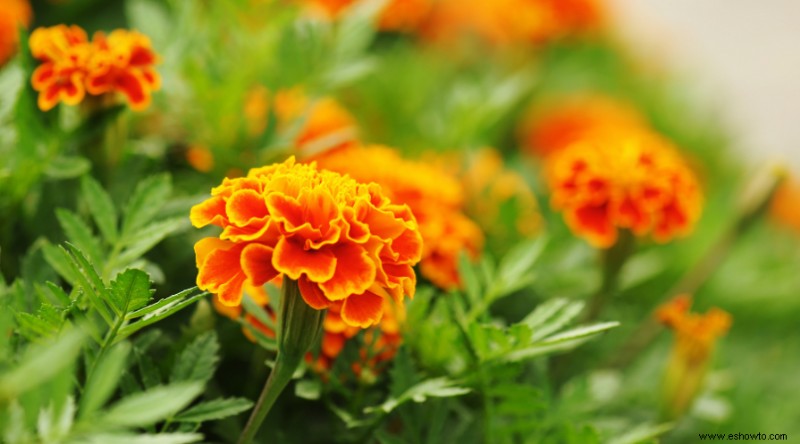
Marigolds, besides looking gorgeous, also help your cucumber thrive if you plant them next to each other. Due to their strong fragrance, they repel plenty of pests that harm cucumbers, such as beetles or aphids.
Marigolds seeds germinate within a few days, and they bloom after only 8 weeks with beautiful flowers that will add plenty of charm to your garden!
Carrots
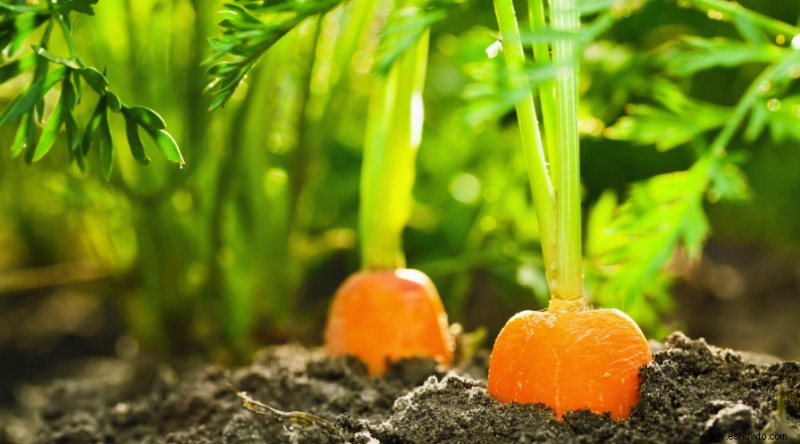
Cucumber has shallow roots, meaning it doesn’t need plenty of space below the soil to thrive. It allows you to grow root vegetables next to it, and carrots are a perfect choice. If you plant them next to each other, you will maximize the space of your garden.
Since carrots germinate very slowly, plant them early in the spring so they have enough time until the soil gets warm. After that, simply add cucumbers and let them share the same spot.
Radishes
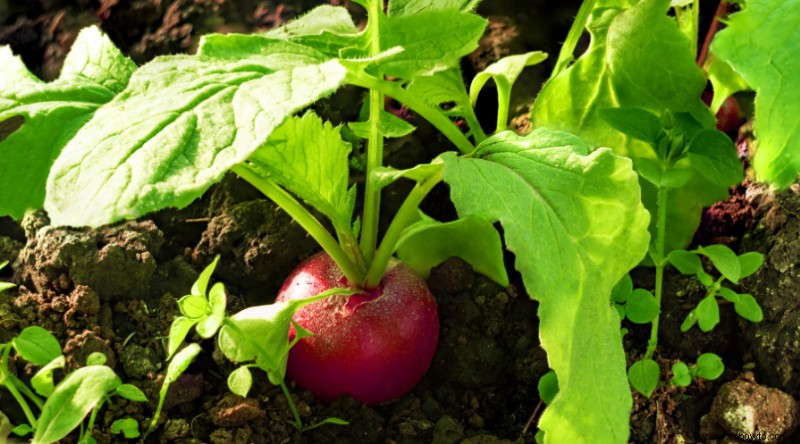
If your vegetable garden is really tiny, maximizing the space should be your number one priority. For this reason, when you plant cucumbers, pair them with radishes. It is because they sprout very fast, meaning by the time your cucumber needs space to grow, radishes will be ready to be harvested already.
It is also said that radishes can help repel cucumbers beetles. That’s why you should plant two or three radish seeds to protect your cucumbers from these aggressive pests.
Sunflowers
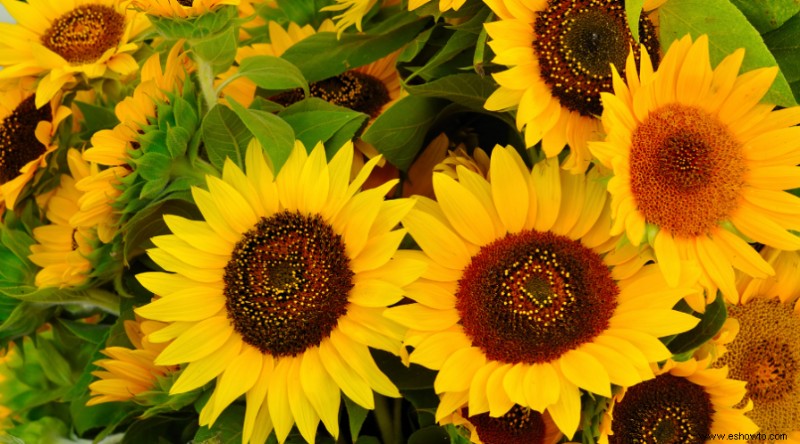
You should add sunflowers to your garden if you grow cucumbers for the same reason as corn. Sunflowers are strong enough to be used as natural trellis by cucumber vines. Cucumbers take less to mature than sunflowers. It is perfect because you will harvest them way before sunflowers, without damaging them.
Same as with corn, choose the cucumber variety that will be light enough to be supported by the sunflowers, so they don’t get damaged.
Nasturtiums
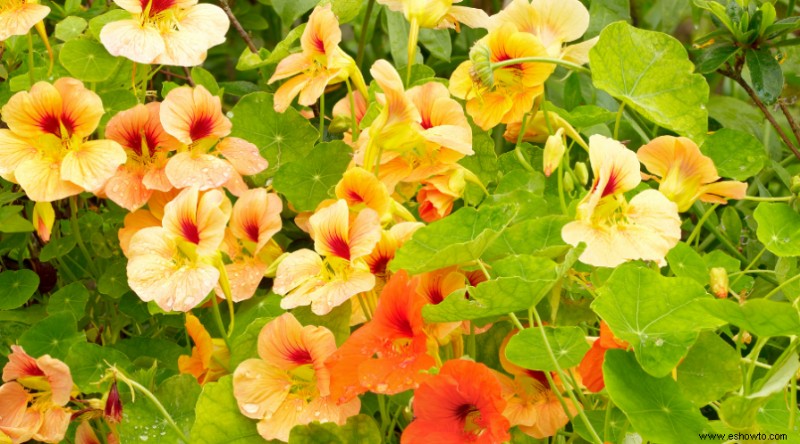
By growing nasturtium, you will protect your cucumbers from many pests. It happens because it attracts aphids that choose it instead of your cucumbers. It also lures beneficial insects, such as ladybugs that eat beetles that attack cucumbers.
Nasturtium, besides being very useful, also looks gorgeous, increasing the appeal of your yard. Its flowers have vibrant colors, including orange, yellow, and red, that will catch the eye of your visitors.
Para resumir
Companion planting is the perfect way to help you maximize the space of your garden, control pests, improve yield and enhance soil health. Each plant can benefit from having unique companions around it. Besides cucumbers, make sure you grow your zucchini, garlic, or cabbage near plants that will allow them to thrive the most!
Let us know what you think about companion planting, and as always, please share!

